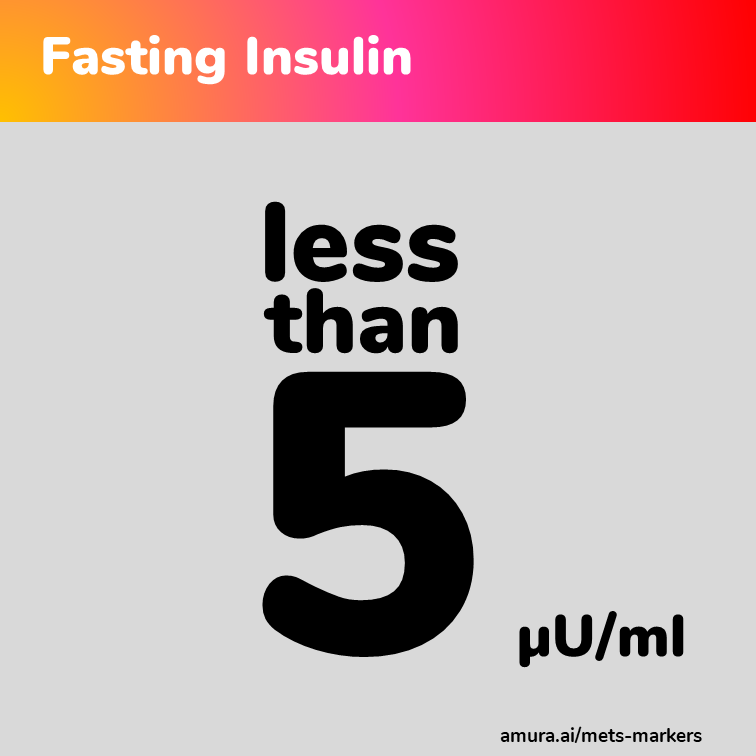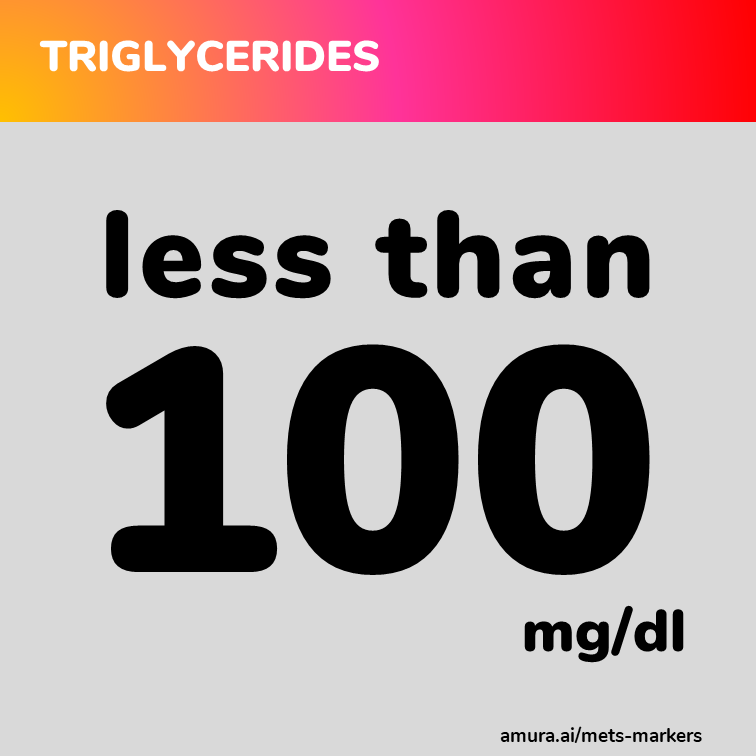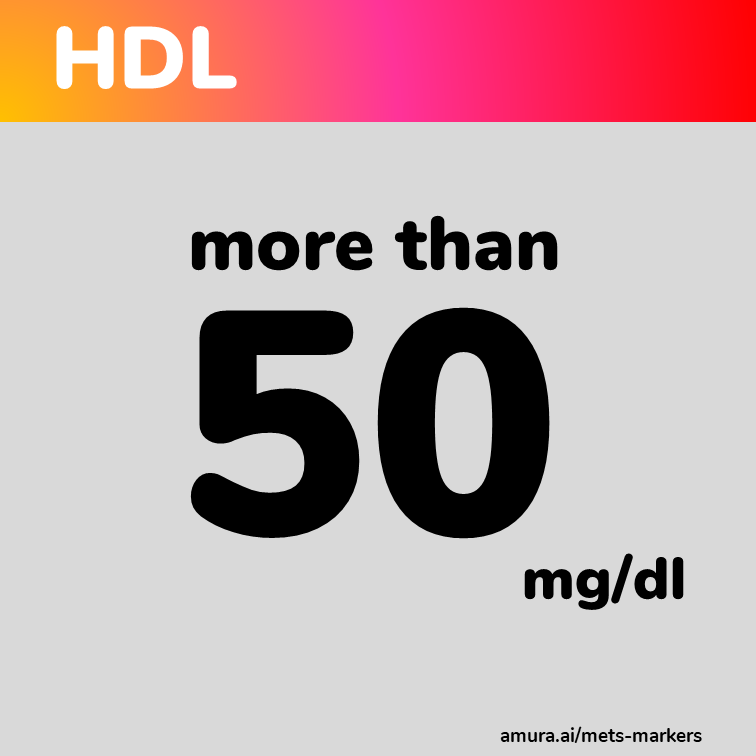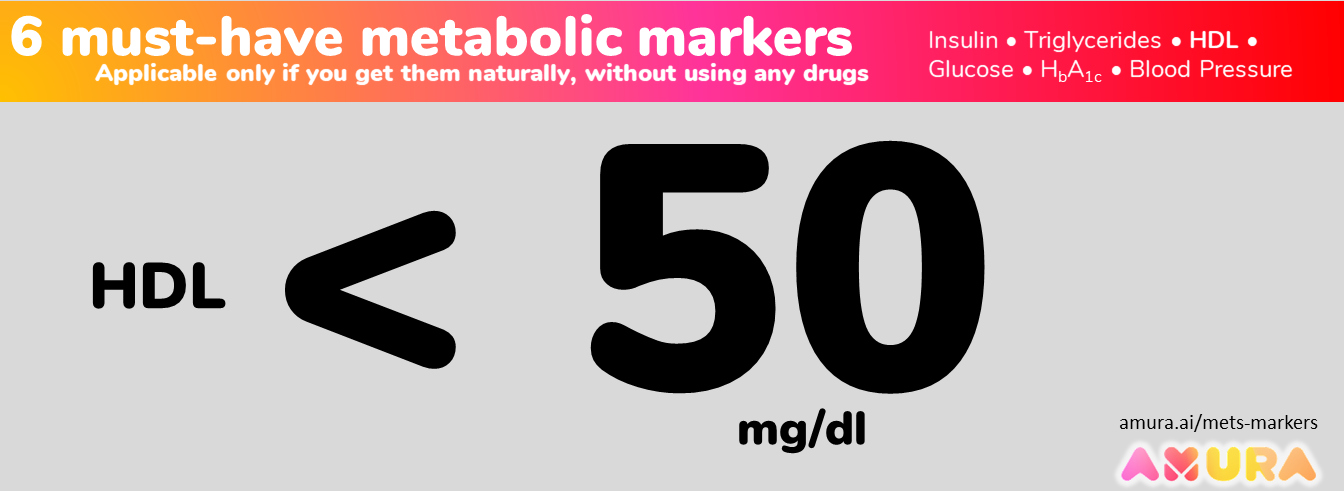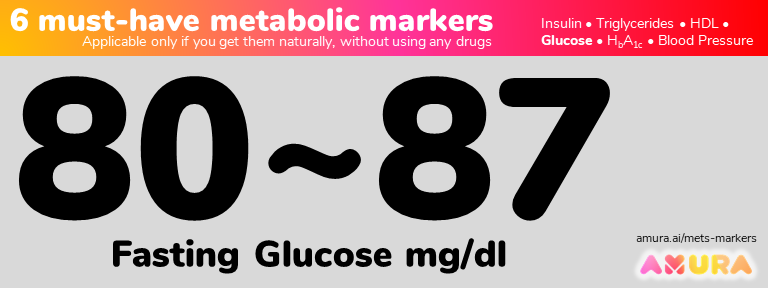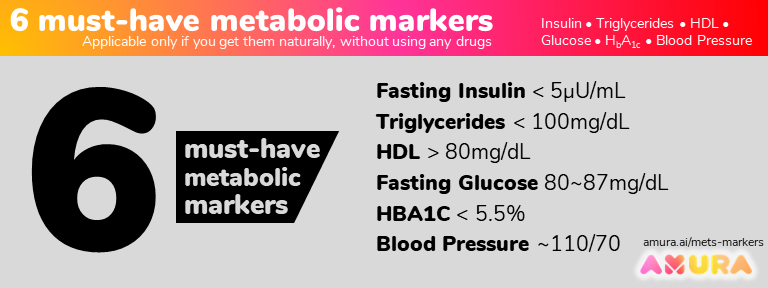Metabolic Markers
That can tell if your are metabolically sick or notMetabolic diseases destroy more lives than anything else. Here are the most common metabolic diseases:
If you want to dodge metabolic diseases, keep these 7 markers within the safe range we tell to.
Change your Story
Metabolic Diseases 101
You can go here for a detailed write-up/video on metabolic diseases.
But here is a simpler version: When you eat more than you should (everyone does), the excess energy gets stored in the fat cells. If over-eating continues, the fat cells become full. When it happens, body produces more of a hormone called insulin, whose job is to cram the surplus energy into the cells. This is called insulin resistance, which leads to most metabolic diseases.
Someone with a metabolic diseases will have the following changes in their body:
- Some of the surplus energy is stranded in the blood stream.
- Surplus insulin produced by the body can be detected in the blood.
- Surplus insulin has started causing measurable damage to various systems.
All of them can be easily detected.
Measuring surplus insulin
We just told you that when body has surplus energy, it produces a hormone called insulin to handle it. If there is surplus of surplus energy, body has to produce surplus insulin.
A simple blood test called serum insulin test can tell you how much insulin you have in your body at any given time. If your blood insulin, after you have fasted for at least 10 hours, is more than 5μu/dL, then your body is probably struggling with handling too much of energy.
Interestingly, most labs report the normal reference range for fasting insulin to be anywhere between 2μu/dL and 28μu/dL. This is a disaster because many ultra-healthy individuals have less than 2μu/dL of fasting insulin value. And, if that is not enough, everyone with a fasting insulin level of high than 5μu/dL is definitely insulin resistant.
Please note that having a fasting insulin under 5μu/dL doesn't guarantee that you are metabolically healthy. But when the fasting insulin is above 5μu/dL, it is guaranteed that you are metabolically sick. If you really want to catch insulin resistance at its very early stage, you will need a variation of insulin test called the Kraft's Test. Kraft's test can catch the onset of your metabolic disease years before fasting insulin values climb up to 5μu/dL.
Measuring surplus insulin
Remnant Cholesterol (RC) is the most important lipid marker of your metabolic health that you have never heard of. It is the direct measurement of the unused energy in your blood in the form of lipids (fats). It is natural to have some small quantity of lipids in your blood. After all, it is one of blood's job to transport lipid energy around the body.
But when the body has surplus of surplus energy, blood has no place to drop it. Lipid energy backs up in the blood, which can be detected as excess Remnant Cholesterol.
To find your Remnant Cholesterol, take your Total Cholesterol (TC) value and detect from it the values of HDL and LDL. If the RC is below 20mg/dL, you are most probably metabolically healthy.
The human body uses a form of lipids (fats) called triglycerides to transport energy. When body struggles with surplus energy, you might see it as surplus triglycerides in the blood. For many people, thier triglyceride level goes up the moment they become metabolically sick. If your fasting triglycerides is below 100mg/dL, you are most probably metabolically healthy.
The body uses a type of cholesterol molecules called HDL to handle some of the repair work. Blood HDL levels decreases as the blood insulin levels increases. If your fasting HDL is above 50mg/dL, then you are probably metabolically healthy.
You can get all these values from the standard lipid profile blood test. But remember to fast for at least 12 hours before you give a blood sample (the standard practice calls for only 10 hours of fasting, which may not be adequate).
Measuring the surplus energy: Glucose
Blood transports energy around the body in the form of lipids (as we just discussed) and glucose. In some people, surplus energy shows up as excess glucose in the blood. For someone who is metabolically healthy, the fasting blood glucose value is usually between 80mg/dL and 87mg/dL. You can give a little bit of elbow room on this one, but not much.
There is another blood marker that is an approximate average of your blood glucose over the past few weeks. It is called HbA1c. A HbA1c of above 5.5% usually indicates some metabolic challenges.
When you measure the blood glucose values, you must keep something in mind: Insulin's job is to take the glucose from the blood and cram it into the cells. So, someone who is very good at producing insulin is going to have deceptively healthy blood glucose markers.
Measuring the Collateral Damage of Surplus Insulin: Hypertension
Surplus insulin damages the inner surface of the blood vessels called the endothelium. The endothelium regulates the blood pressure. So, damage to endothelium leads to hypertension.
A healthy person usually has a blood pressure of about 110/70. When the blood pressure starts to climb from their healthy normal, it is usually due to endothelial damage caused by surplus insulin.
Note: Body tries to patch over or repair the endothelial damage using cholesterol. This leads to plaque building and atherosclerosis (blocks).
Summary
There are 7 metabolic markers that you must always watch. All of them are inexpensive to measure. Any healthy screening tests will give you most these markers (an exception is the fasting insulin; this important marker is usually ignored by most screening tests). Any one of them in inadequate to give you the assurance that you are metabolic healthy. But if you clear all of them, then your metabolic health is rest assured.
Some Parting Thoughts
1 You should get these numbers without using any medication (usage of nutrition is OK). If you use medication to reach these numbers, then all you did is a bit of window dressing. You didn't do anything to fix the underlying disease or to truly restore your health.
2 These numbers belong to people who are super-healthy. They are not easy to come to. But they are attainable. Working with your diet and nutrition will play a big part in getting them. But once you reach these numbers, you will become bullet proof!
Wish you all the very best!
Can you change your Metabolic Health ?
More information on Metabolic Markers
Common causes


